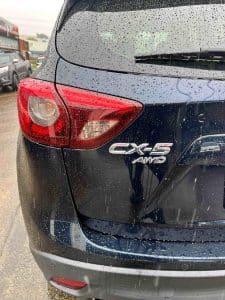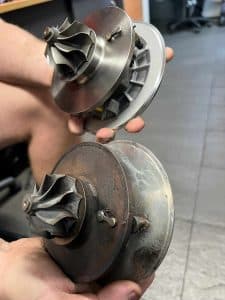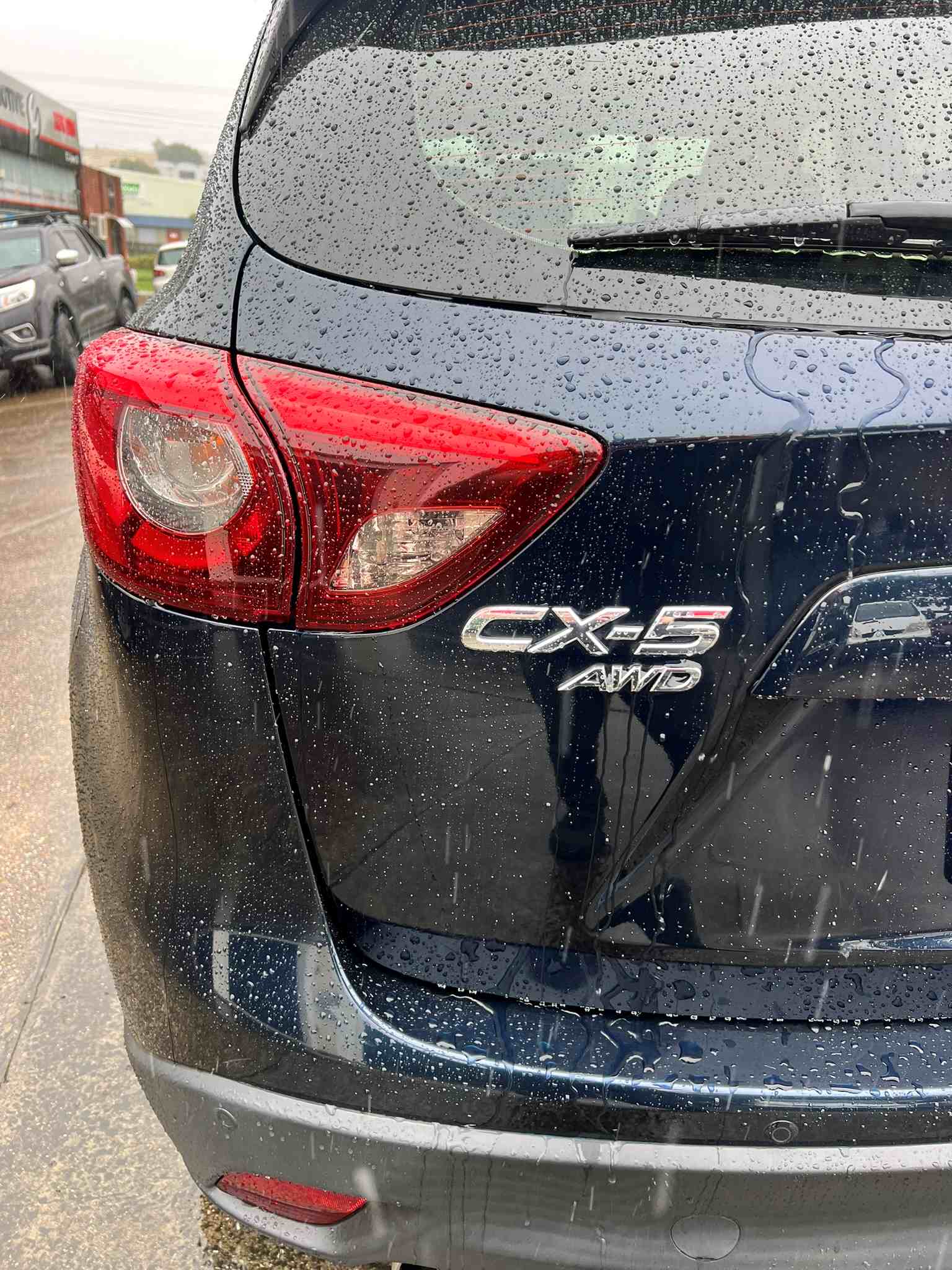Turbocharger Diagnostics Mazda CX-5 Diesel: How to Spot the Signs and Fix Them Before They Ruin Your Day
The Mazda CX-5 diesel twin-turbo is an engineering marvel—on paper. With its 2.2L Skyactiv-D engine and sequential twin-turbo setup, it’s built for efficiency, torque, and an effortlessly smooth driving experience. But as many owners have discovered, turbocharged diesel engines come with their own set of headaches, especially when they’ve been on the road for a while.
Turbocharger Diagnostics Mazda CX-5 Diesel
If you own a diesel CX-5, you’re probably here because you suspect something isn’t quite right under the bonnet. Maybe it’s a lack of power, weird noises, or, worst of all, your beloved Mazda has thrown itself into limp mode, leaving you stranded in the slow lane. The good news? Brisbane Tuning & Turbo knows this engine inside and out, and we can diagnose, repair, or upgrade your turbo system to bring your CX-5 back to life.
Understanding the Mazda CX-5 Twin-Turbo Diesel System
Turbocharger Diagnostics Mazda CX-5 Diesel starts with understanding: The 2.2L Skyactiv-D engine in the CX-5 uses a sequential twin-turbo system. This means it has two turbos working in tandem—one small turbo for low-end torque and one larger turbo that kicks in at higher RPMs for sustained power. In theory, this setup gives you the best of both worlds: instant throttle response at low speeds and solid performance on the highway.
However, like any turbocharged diesel, these systems are prone to wear, clogging, and outright failure if not maintained properly. Unlike naturally aspirated engines that can limp along with a clogged air filter or bad fuel injector, a failing turbo system will dramatically reduce your Mazda’s performance and could even result in catastrophic engine damage if ignored. Yet, with all that said, it always comes to looking after your Mazda CX-5. If you do service it on time, the vehicle is going to be reliable & powerful
Signs Your Mazda CX-5 Twin Turbo Is Failing
1. Power Loss and Sluggish Acceleration
Starting turbocharger diagnostics Mazda CX-5 Diesel: If your CX-5 suddenly feels underwhelming, like it’s pulling a trailer full of bricks when it’s empty, you might have a turbo problem. The small turbo should provide strong low-end power, while the bigger turbo should maintain speed on the highway. If one of them fails, you’ll notice sluggish acceleration and an overall lack of grunt.
Possible Causes:
Carbon buildup restricting airflow to the turbo or a “stuck” EGR valve.
A leaking or cracked turbo intake hose- a smoke test would help to eliminate this possibility.
A faulty wastegate or actuator failing to control boost levels could be due to wear.
How Brisbane Tuning Turbo Can Help:
We run a full boost pressure test and turbo actuator check to determine whether the problem is mechanical (a damaged turbo) or simply a leak in your intercooler or intake system.
2. Whining, Siren, or Rattling Noises
A well-functioning turbo is almost silent—just a faint whistle when you accelerate. If your CX-5 starts making noises like a police siren, an angry vacuum cleaner, or worse, a rattling tin can, your turbo could be on its last legs.
What’s Happening?
High-pitched siren: The turbo bearings are worn, and the compressor wheel is struggling to spin properly.
Rattling or grinding: Possible metal-to-metal contact inside the turbo, usually caused by bearing failure.

Mazda CX5 turbo rebuild
How Brisbane Tuning & Turbo Can Help:
We inspect and analyze the turbo shaft play (how much movement the internal components have). If caught early, we can rebuild the turbo rather than replace it—saving you thousands of dollars.
3. Blue or Black Smoke from the Exhaust
Your CX-5 shouldn’t look like a smoke machine from a ‘90s nightclub. If you notice excessive exhaust smoke, it’s a red flag.
Black smoke means too much fuel and not enough air, often caused by a failing turbo, clogged EGR, or dirty injectors.
Blue smoke means burning oil, likely caused by worn turbo seals, letting oil leak into the intake system.
How Brisbane Tuning & Turbo Can Help:
We use our in-house dyno testing to analyze air-fuel ratios and check for excess oil in your turbo system. We’ll determine whether it’s a turbo problem or something else, like a clogged DPF or worn-out piston rings.
4. Limp Mode and Dashboard Warning Lights
Nothing ruins your day quite like your CX-5 suddenly losing power and going into limp mode. Mazda’s ECU is pretty protective, and if it detects turbo boost issues, it will shut things down to prevent engine damage.
Why This Happens:
The ECU detects turbo overboost or underboost conditions.
A clogged DPF increases backpressure, making the turbo work harder.
A failing actuator isn’t controlling the turbo properly.
How Brisbane Tuning & Turbo Can Help:
Using our advanced ECU diagnostics and tuning tools, we’ll pinpoint the exact cause of the limp mode. If necessary, we can remap the ECU to optimize boost levels and improve overall performance.
Why Do These Turbo Problems Happen?
The Mazda CX-5 diesel has a fantastic engine on paper, but real-world conditions can cause issues. Some key culprits include:
EGR and or DPF Clogging: Diesel engines produce soot, and with Mazda’s emphasis on low emissions, these systems get clogged up quickly.
Oil Contamination: If oil changes aren’t done religiously, the small turbo oil feed lines can clog, starving the turbo of lubrication.
Short-Trip Driving: If you’re doing lots of stop-start city driving, your diesel engine and turbos don’t get hot enough to burn off contaminants, leading to build-up.
Preventing Turbo Failures and Optimizing Performance
If you love your Mazda CX-5 and want to keep it running strong, here’s what we recommend:
- Regular Turbo Inspections: A simple check-up every 30,000 km can catch small issues before they become expensive failures.
- EGR & DPF Cleaning or Delete: If you’re out of warranty, consider having us clean or disable these restrictive emissions systems.
- ECU Remapping for Optimized Boost Control: A custom ECU tune can safely increase turbo longevity and power output.
- Use High-Quality Oil & Fuel: Stick to premium diesel and ensure oil changes are done every 10,000 km.
How Brisbane Tuning & Turbo Can Help You:
At Brisbane Tuning & Turbo, we’ve seen it all when it comes to the Mazda CX-5 diesel twin turbo. Whether you’re looking for a full turbo rebuild, leak diagnostics, or a performance ECU tune to extract safe and reliable power, we’ve got you covered.
Our in-house dyno ensures that we can test your vehicle under real-world conditions and verify any tuning or repairs we make. We don’t just guess—we measure, analyze, and perfect your vehicle’s performance.
If your Mazda CX-5 has lost its “spark”, don’t wait until the turbo fully fails. Give us a call today, and let’s get your car running like new again.
Please read about what EGR Delete can do for your vehicle.
